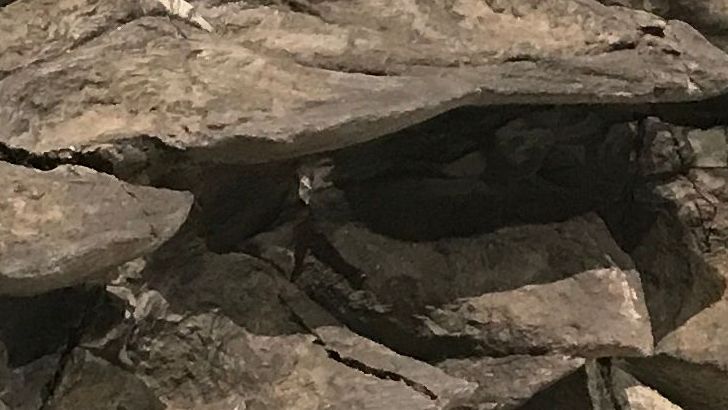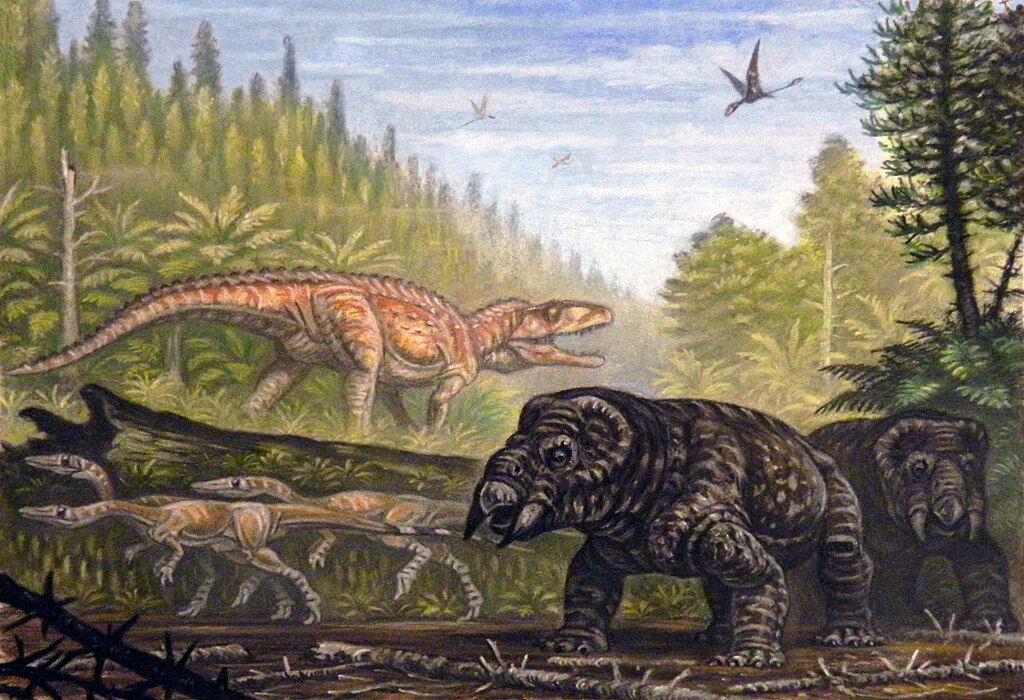Picture this: you’re having an ordinary day, walking your dog, mining for oil, or driving through construction work when suddenly you stumble upon something that rewrites our understanding of prehistoric life. These al dinosaur discoveries have completely transformed paleontology, proving that sometimes the most amazing scientific breakthroughs happen when we least expect them.
The truth is, many of our most important dinosaur fossils weren’t found by teams of professional paleontologists armed with detailed maps and years of planning. They were discovered by regular people who just happened to be in the right place at the right time. From miners who thought they hit solid rock to fossil hunters with broken vehicles, these chance encounters have given us some of the most complete and spectacular dinosaur specimens ever found.
Sue the T-Rex: A Flat Tire Changes Everything
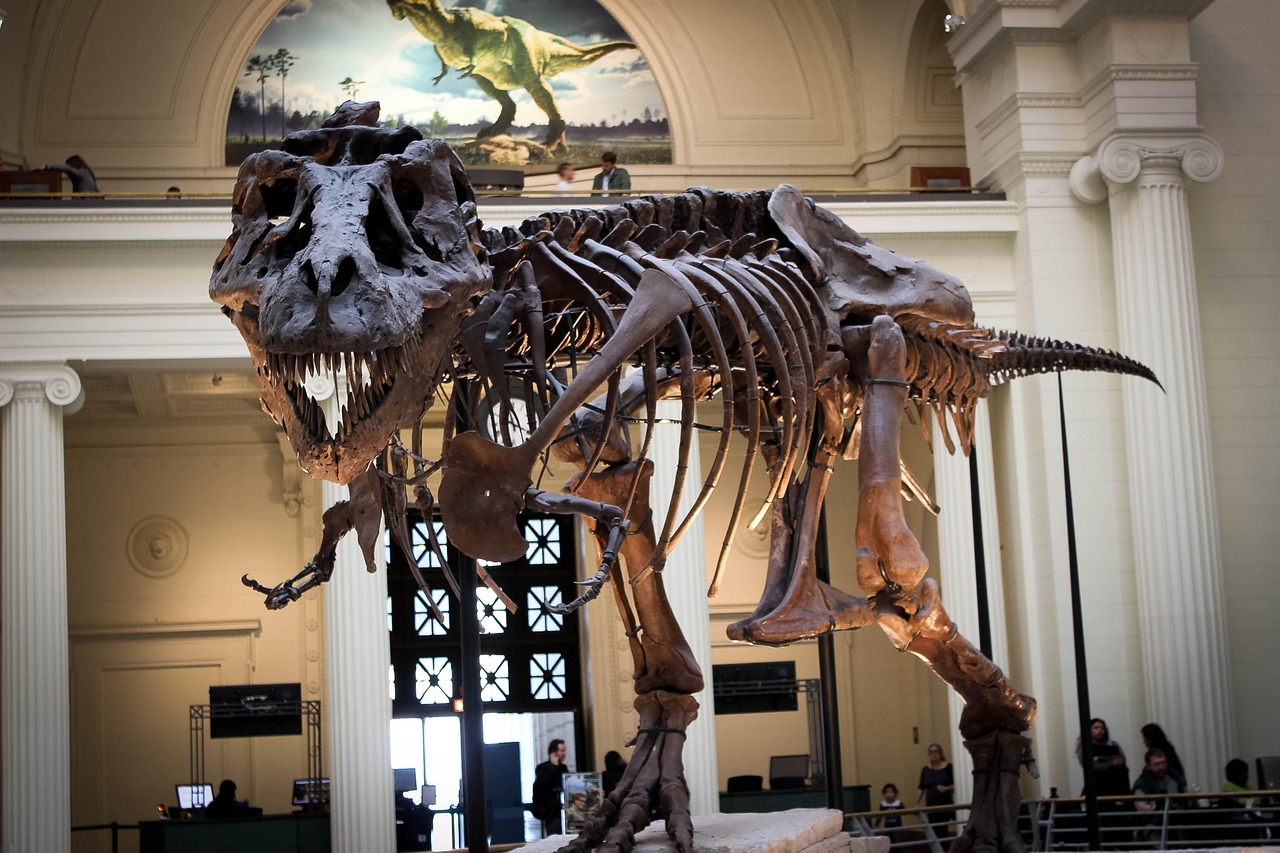
On August 12, 1990, Sue Hendrickson, a fossil hunter with the Black Hills Institute of Geological Research, set out across the scorching plains of western South Dakota to explore an outcropping of rock while her team worked on fixing a flat tire. What seemed like an annoying delay turned into the discovery of a lifetime.
Then, she glanced up – 8 feet above, three massive bones jutted from the rock face. Those bones belonged to what would become the most famous T-Rex in the world. It was later determined that Sue was approximately 90 percent complete, making it one of the most complete T-Rex specimens ever found. If that vehicle hadn’t broken down at precisely that moment, Sue might still be buried in the South Dakota hillside.
The Canadian Nodosaur: Mining for Oil, Finding History
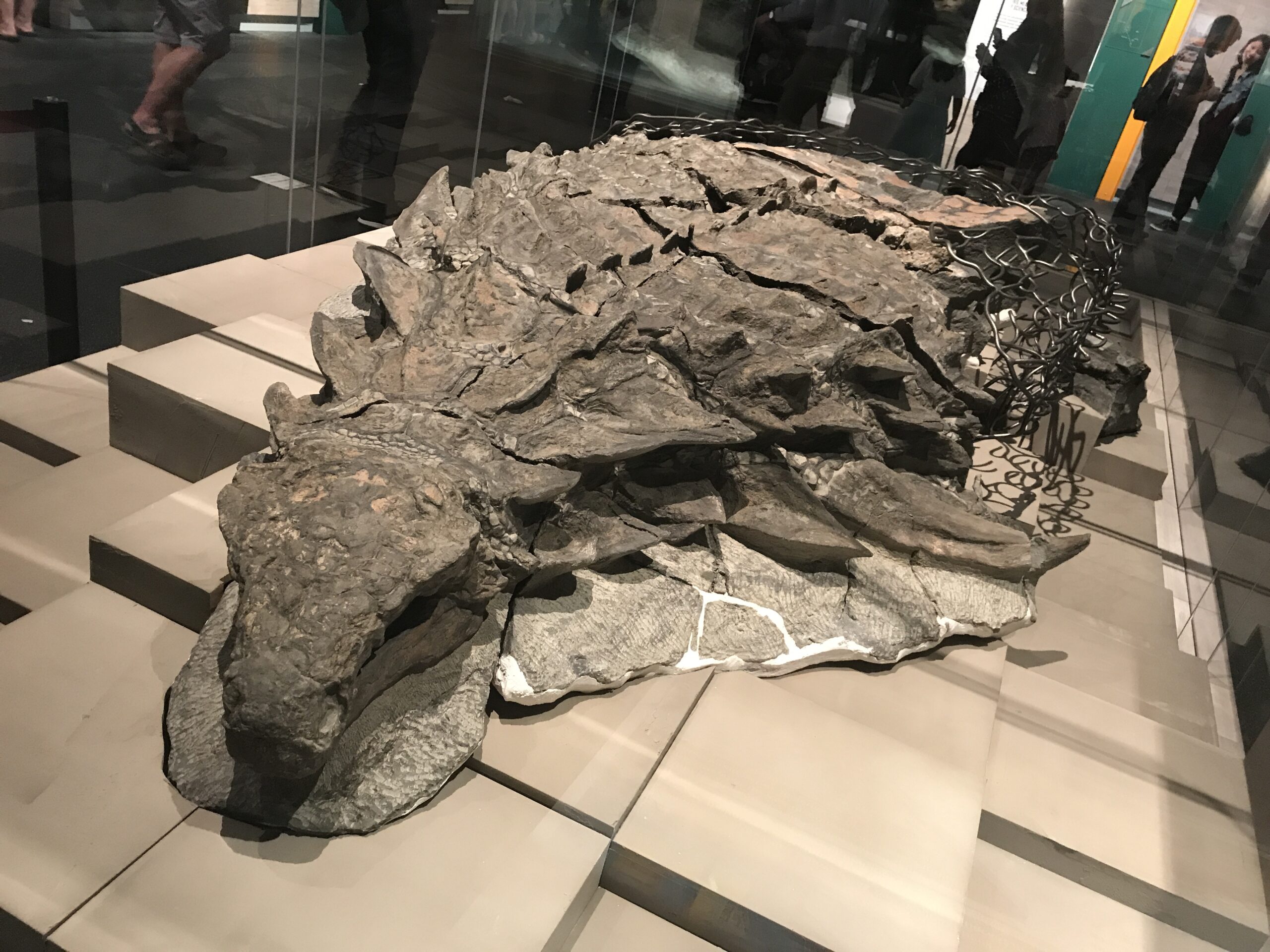
On the afternoon of March 21, 2011, a heavy-equipment operator named Shawn Funk was carving his way through the earth, unaware that he would soon meet a dragon. Working at the Millennium Mine in Alberta, Canada, Shawn Funk, who was operating heavy machinery in Millennium Mine, made the surprising discovery when his excavator hit something solid. What appeared to be walnut brown rocks were actually the fossilized remains of a 110 million-year-old nodosaur.
Known as a nodosaur, this 110 million-year-old, armored plant-eater is the best preserved fossil of its kind ever found. Scientists claim the remains seem like they were only a few weeks old despite the fact that the dinosaur died over 110 million years ago. This is due to the optimal conditions under which they were preserved. The creature’s skin, armor plates, and even traces of its final meal were perfectly preserved in the ancient seabed.
The French Titanosaur: An Ordinary Dog Walk Turns Extraordinary
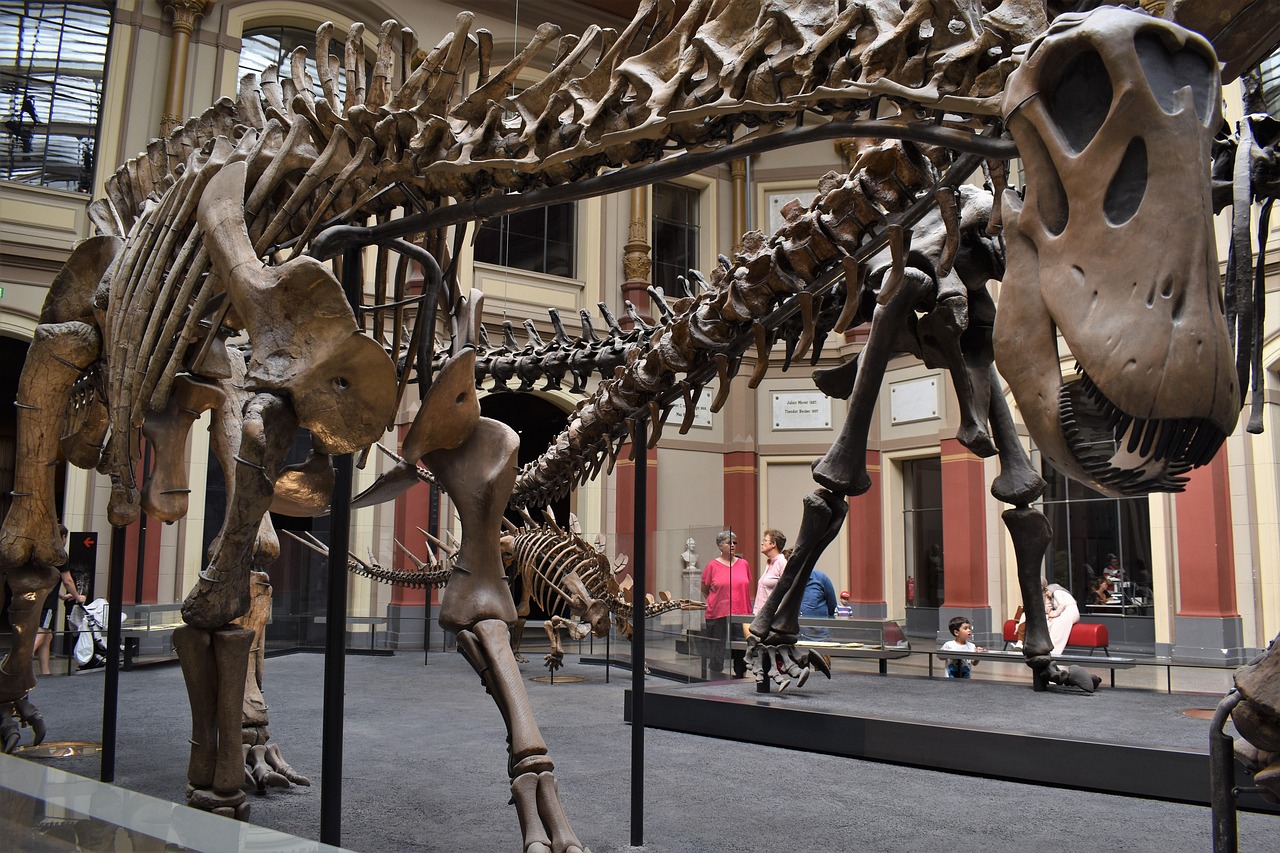
It happened one morning like any other, during an ordinary walk, as Damien Boschetto told local FranceBleu. Damien Boschetto discovered a 70-million-year-old fossilized titanosaur in southern France in 2022. What started as a routine walk with his dog became one of the most significant paleontological discoveries in France in recent years.
Boschetto – who has a self-taught passion for paleontology – discovered the exposed bone fossils, which led to the excavation of a 70% complete, 30-foot-long fossilized titanosaur. Since his discovery two years ago, Boschetto said he’s left his job in the energy sector and now hopes to pursue a master’s degree in paleontology to continue his work in Cruzy. A single dog walk literally changed this man’s entire career path.
Eoraptor: Found by a Student in Argentina’s Badlands
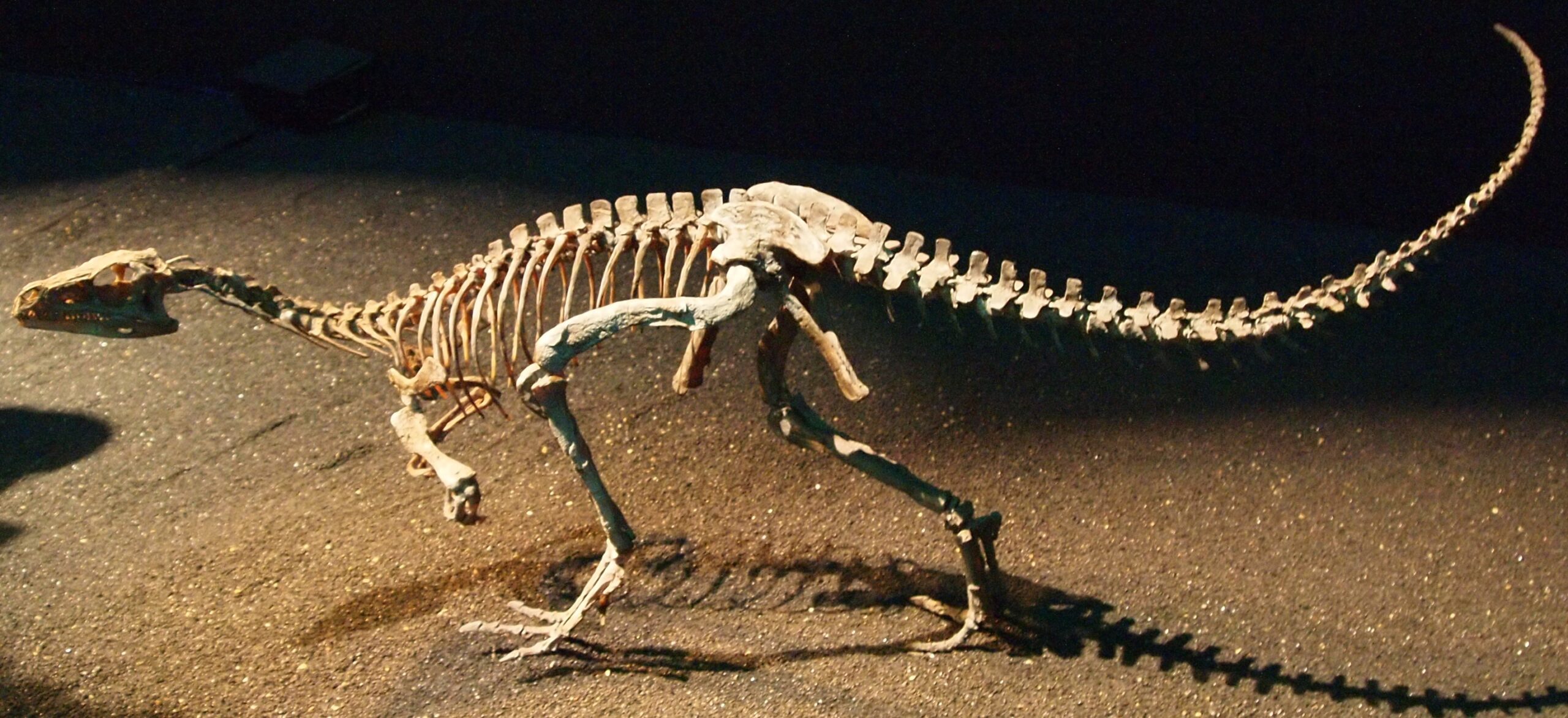
The bones of this primitive dinosaur were first discovered in 1991, by University of San Juan paleontologist Ricardo Martínez, during field work conducted by the University of Chicago and the University of San Juan. In an outcrop of siltstone, Argentinian paleontologist Ricardo Martinez found a small skeleton exposed at the rock surface. This wasn’t a planned excavation but a student spotting something unusual sticking out of the rock.
Among the earliest known dinosaurs, the find changed our understanding of early dinosaur evolution. Martinez had happened on the remains of Eoraptor lunensis, one of the oldest known dinosaurs dating back approximately 230 million years ago. Sometimes the most important discoveries come from fresh eyes that aren’t yet jaded by years of searching.
The Fighting Dinosaurs: Caught in Eternal Combat
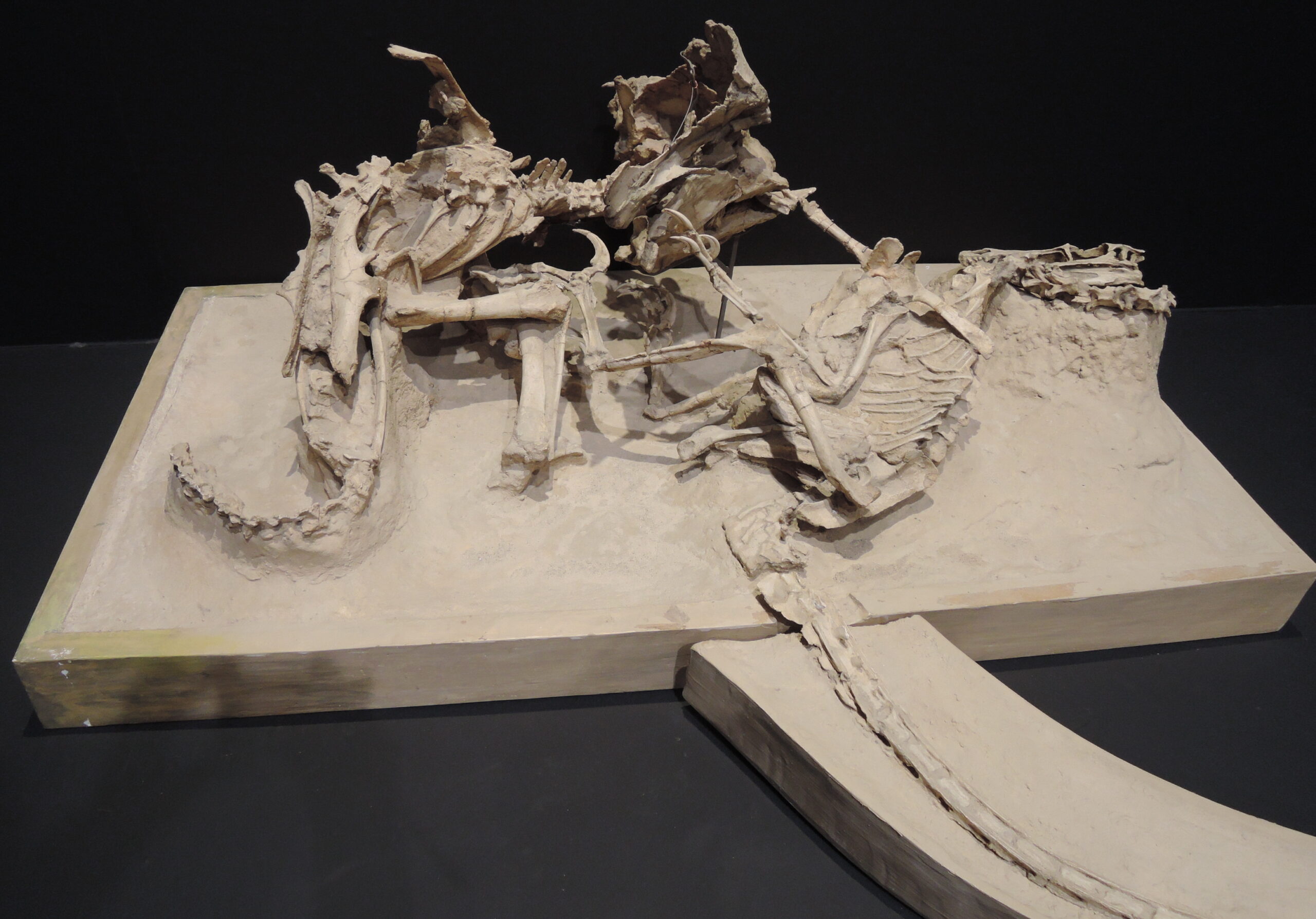
Discovered in Mongolia in 1971, this Velociraptor and Protoceratops will remain forever mid-fight. The Velociraptor, a carnivore, was found with his claw locked to his prey’s carotid artery. While the Protoceratops, a herbivore, wrapped his biting jaw around the Velociraptor’s arm. It is believed they were fossilised by a falling land mass which covered and killed them both, while they were locked in a battle for their lives.
This incredible fossil was found by a Polish-Mongolian expedition, but not by careful planning. The team stumbled upon what appeared to be just another rock formation in the Gobi Desert. They had no idea they were looking at one of the most dramatic moments frozen in geological time.
Megalosaurus: The First Dinosaur Misunderstood for Decades
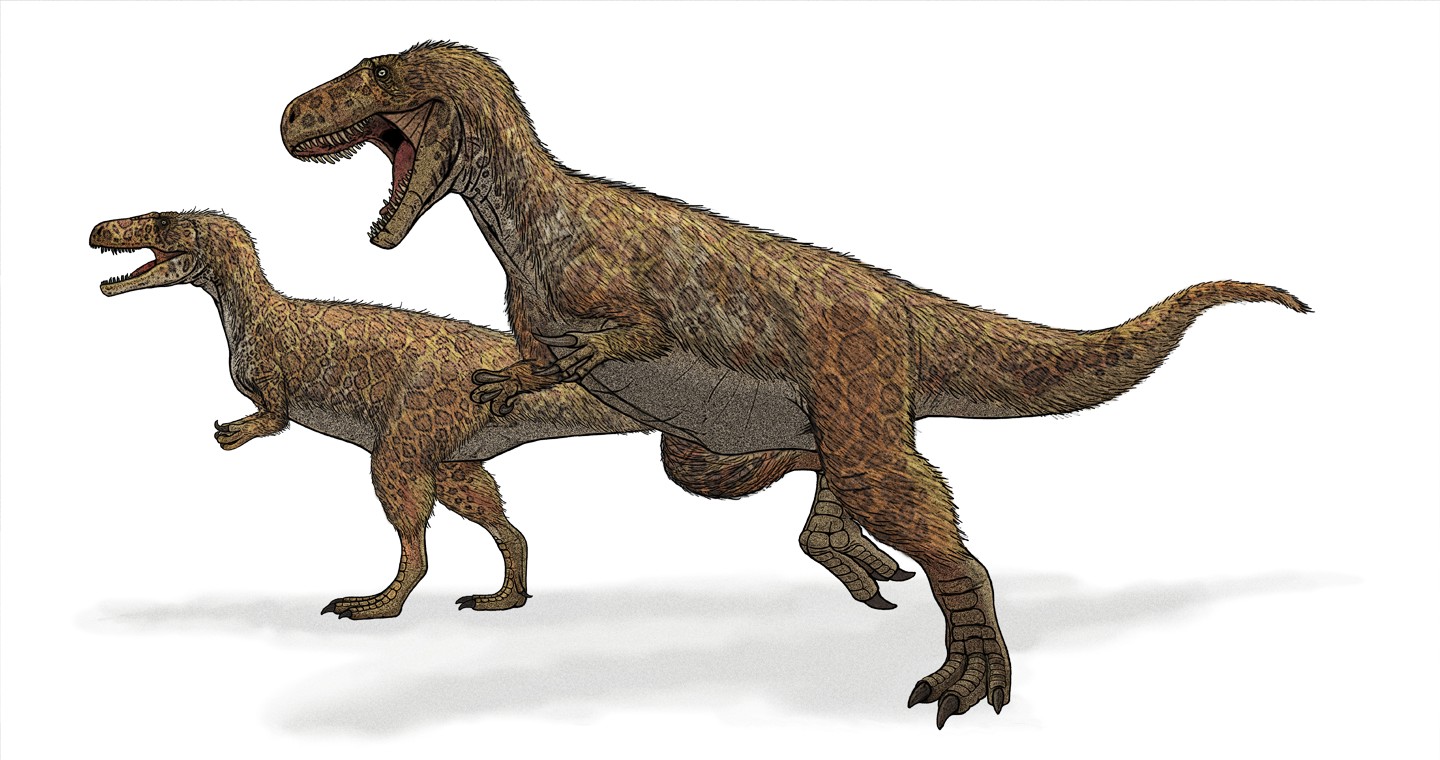
Paleontologist William Buckland named Megalosaurus in 1824; its bones were previously thought to be those of an elephant! Dinosaur fossils were being unearthed long before the first species was described. As nobody knew what a dinosaur was at this point, people didn’t know what to make of them. It wasn’t until around 1818 that William Buckland, a cleric from the University of Oxford, decided to study in greater detail a number of fossils that had been discovered around Oxfordshire.
The Megalosaurus paper cemented Buckland’s professional reputation in the new field of geology, but its significance as the first scientific description of a dinosaur was only apparent in retrospect. For years, people had been finding these massive bones and creating wild theories about giants and mythical beasts.
The Denver Museum Parking Lot Dinosaur
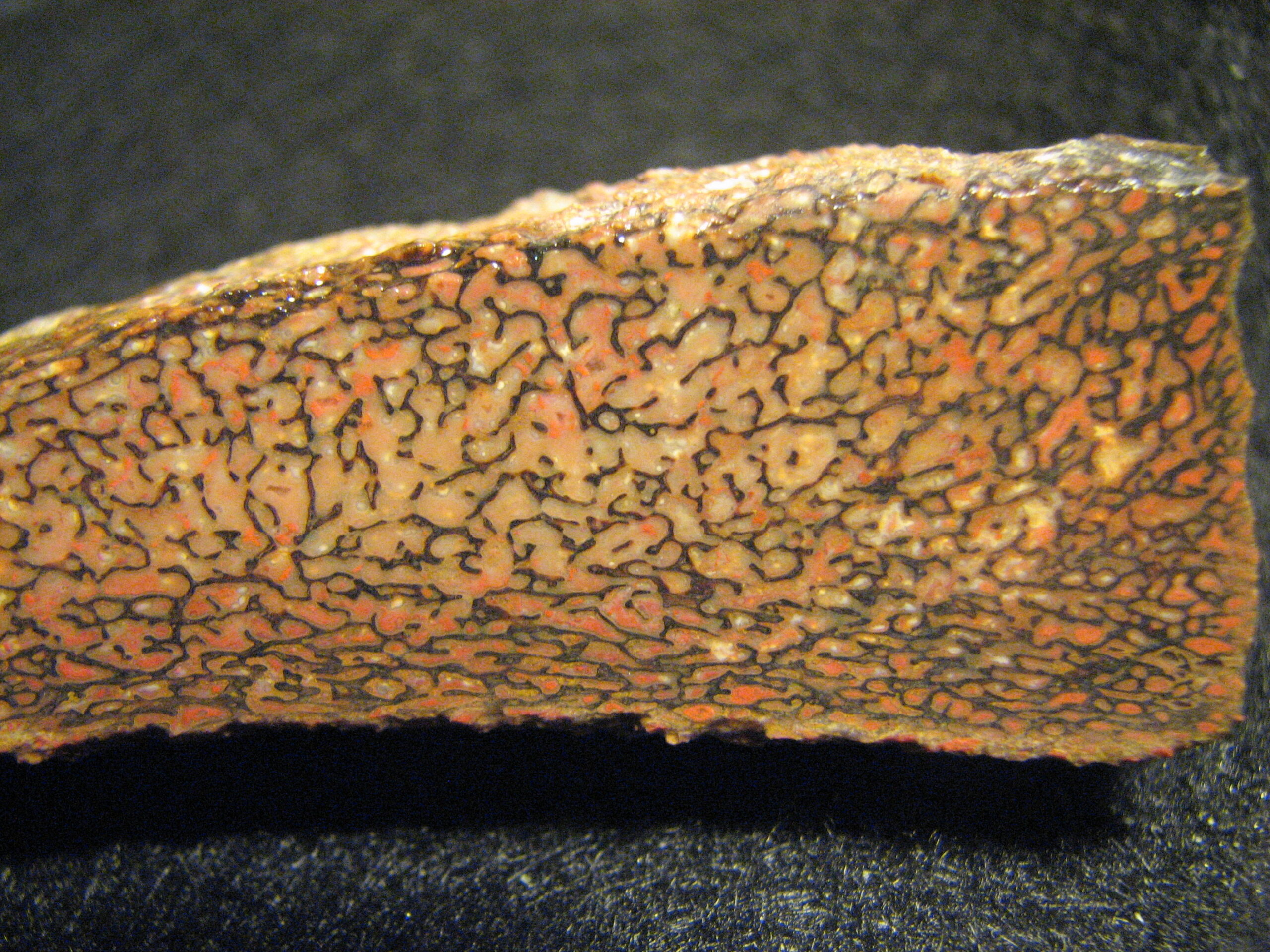
The phrase “leave no stone unturned” has taken on new meaning for paleontologists at the Denver Museum of Nature and Science who discovered a special fossil hidden right under their noses – beneath the museum’s parking lot. The dinosaur bone came to light in January during a drilling project to study the layers of rock underneath the site, the museum announced on July 9. The team had planned to pull an Earth core sample, a long cylindrical piece of rock or sediment, and came across a partial fossil.
The irony wasn’t lost on anyone. Here was a natural history museum that had been driving over dinosaur fossils for years. The finding is a “nice example of how dinosaur fossils are distributed around in our environment, even in … places that might seem unlikely, like in the middle of the city of Denver,” said Dr. Paul Olsen from Columbia University.
Joaquinraptor: The Dinosaur with Its Last Meal
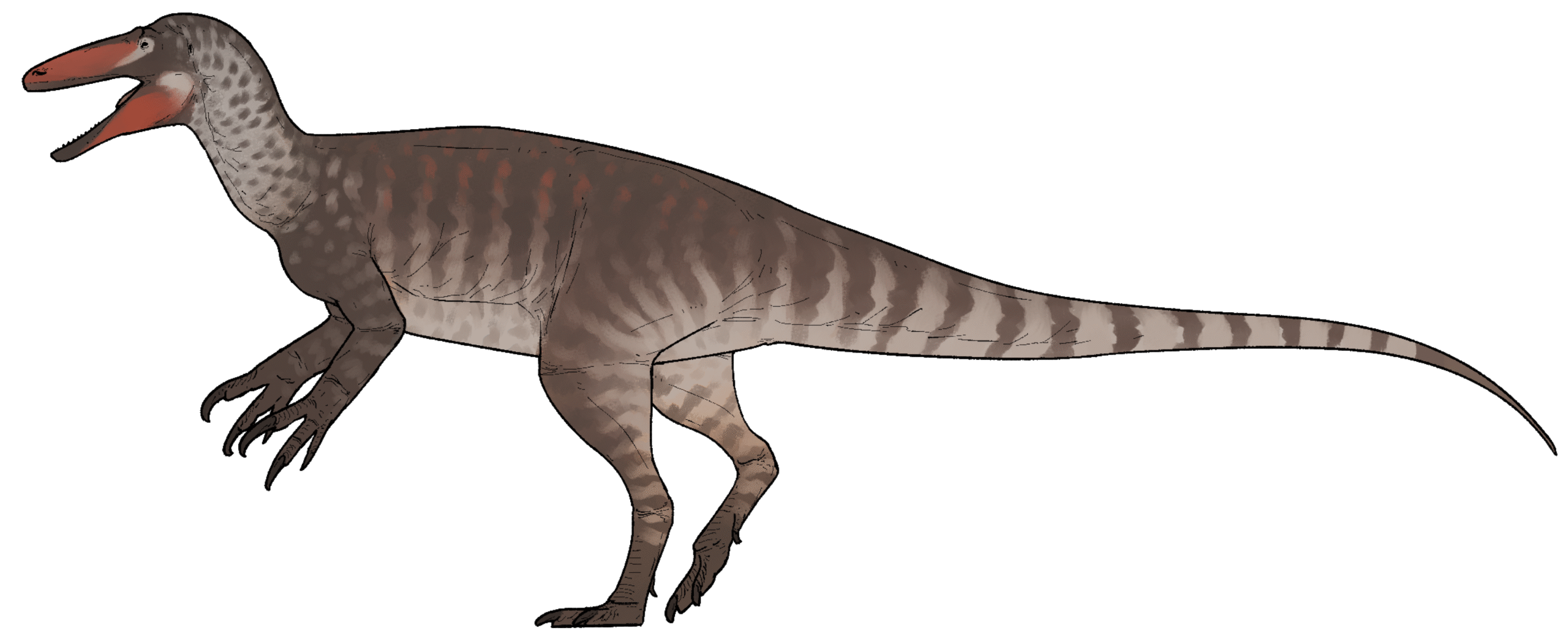
When paleontologists excavated the dinosaur, they made a tantalizing find. Clenched within its massive jaws was a Cretaceous crocodile’s arm bone. The discovery offers a glimpse into what may have been the carnivore’s last meal some 70 million years ago. This remarkable fossil was found in Argentina’s Valle Joaquín, but it almost went unnoticed.
Finding one of these rare dinosaurs with a potential meal still in its jaws is even more unexpected. Fossils that reveal what prehistoric animals ate are uncommon. The team wasn’t specifically looking for evidence of ancient dining habits, but there it was, perfectly preserved for millions of years.
Conclusion
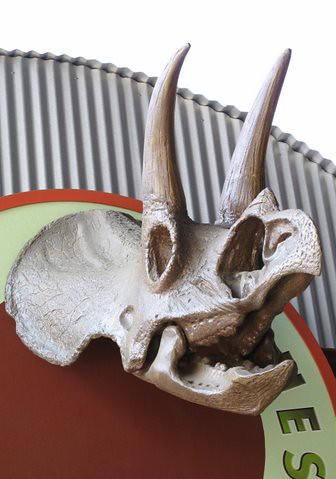
These al discoveries remind us that scientific breakthroughs often come when we least expect them. A broken vehicle, a routine work day, or a casual walk can suddenly become the moment that changes our understanding of prehistoric life forever.
What makes these stories even more fascinating is how they challenge our assumptions about scientific discovery. We imagine paleontologists carefully mapping dig sites and planning elaborate expeditions, yet some of our most important fossils were found by people who weren’t even looking for them. These chance encounters have given us Sue the T-Rex, perfectly preserved nodosaurs, and glimpses into dramatic ancient battles.
The next time you’re walking through a construction site or exploring a rocky outcrop, remember these stories. You never know what secrets might be waiting just beneath your feet. What would you have guessed if someone told you that a museum parking lot contained a dinosaur fossil, or that a flat tire would lead to the most famous T-Rex in the world?

